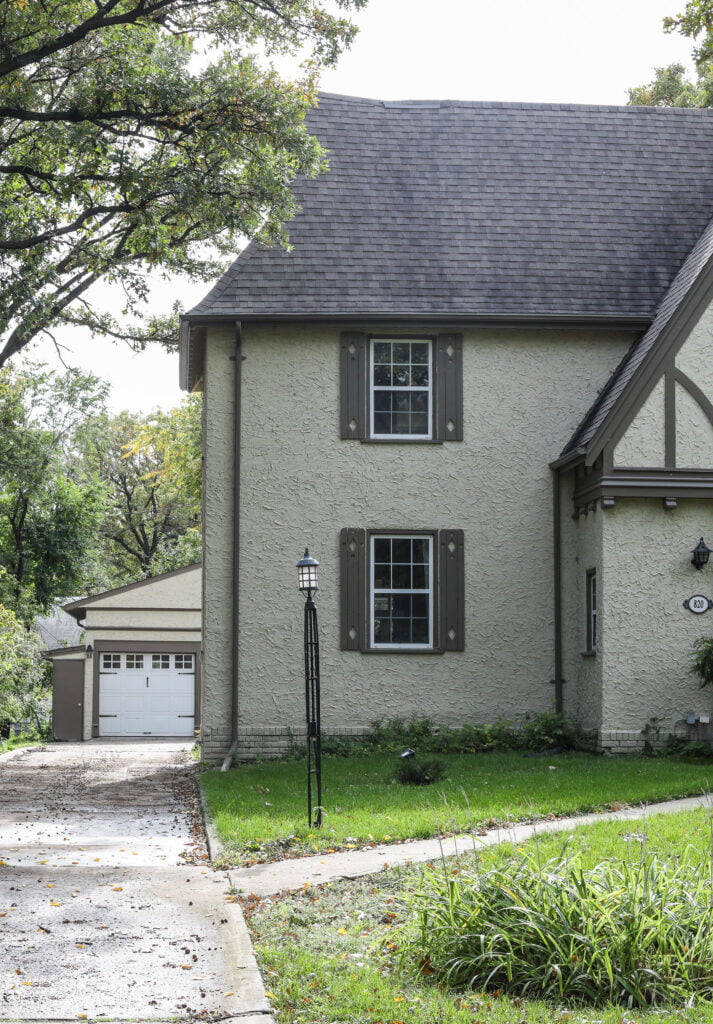21 Dec Exterior Painting In Cold Weather
 Winnipeggers ask themselves the same question whenever the snow falls:
Winnipeggers ask themselves the same question whenever the snow falls:
Is it too cold to ___?
Fill in the blank with any common activity: Walk? Shovel? Make a snowman?
What about paint?
Ideally, you’d like to have your home painted while it’s still warm outside. But even though the snow has fallen, that doesn’t mean you can’t fix those scuffs in the stucco.
Let’s be honest: it’s not ideal to paint the exterior of your home in the winter, although, with the right materials and precautions, it is do-able. Here are a few things to consider when you want a winter paint job:
How Does Cold Weather Affect Paint?
When paint gets cold, it gets thicker. It can be tough to work with thicker paint and get an even application. The temperature also affects the drying time.
As paint dries, it goes through a curing process. Even when the paint feels dry to the touch, that doesn’t mean it’s done curing.
To illustrate this point, let’s bring up an example: have you ever painted a piece of furniture? Your table might have dried within a few hours. But when you go to clean it with a washcloth a few days later, the surface ends up with scratches and bumps. That’s because the paint hasn’t cured yet. This process takes longer than drying; for oil-based paints, curing takes roughly 7 days, and for latex paints, it’s around 30 days. A word of warning: these curing times are for indoor paint jobs. When you’re painting an exterior surface in the winter, it will take significantly longer to cure.
That means your seamless paint job will have weeks to be scratched, scuffed, or marked before it’s fully cured!
Both oil-based paints and latex paints have a recommended temperature range. Check the product label to see what the manufacturer advises. Some brands of paint on the market are specifically formulated for colder temperatures, so keep an eye out if that’s something you’re interested in buying.
At Pinnacle Painting, we use elastomeric paint when coating stucco. The product’s elastic quality allows it to expand and contract with temperature changes. This can help prevent cracking when the weather fluctuates.
What’s The Best Time Of Day To Paint?
Since winter days are warmest when the sun is high, start painting in the late morning or early afternoon.
You should always check the weather schedule before you start painting an exterior. While you might start painting on a mild day, the next day might be below 20 degrees C! Look for several days that are forecasted to have moderate to warm temperatures for the best results.
The surface temperature of your home may differ from the air temperature. If the sun is shining on it, it will be a few degrees warmer than the outdoor air. You can use a temperature gun to determine the exact rating to make sure it’s within the recommended range.
Trying to do a normal activity when it’s 30 below is part of being a Winnipegger. The problem is that you don’t always get the best results. When it comes to exterior painting in Winnipeg, it’s a good idea to seek help from the professionals. You don’t want to be stuck with a poor paint job until the snow melts!
